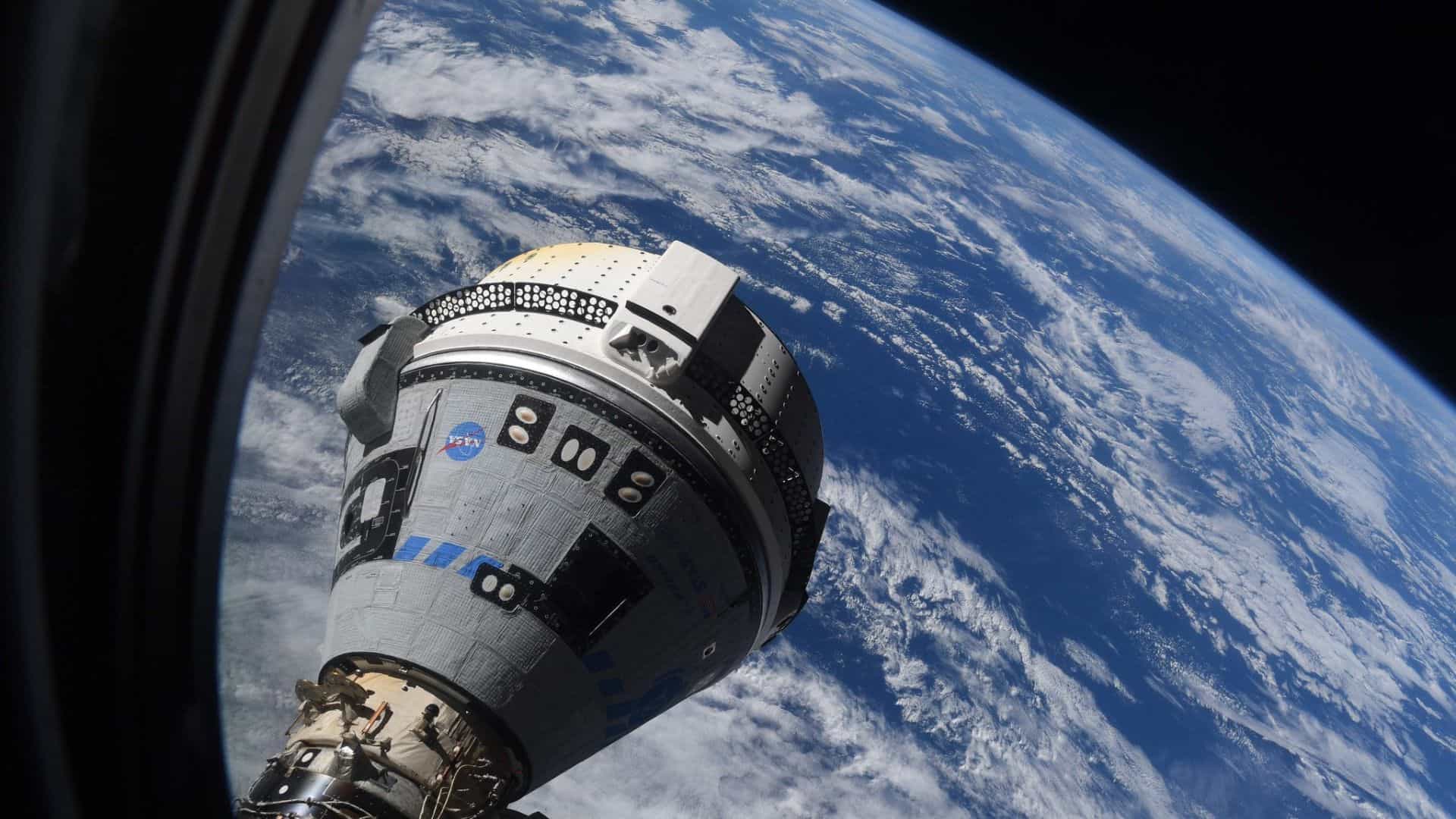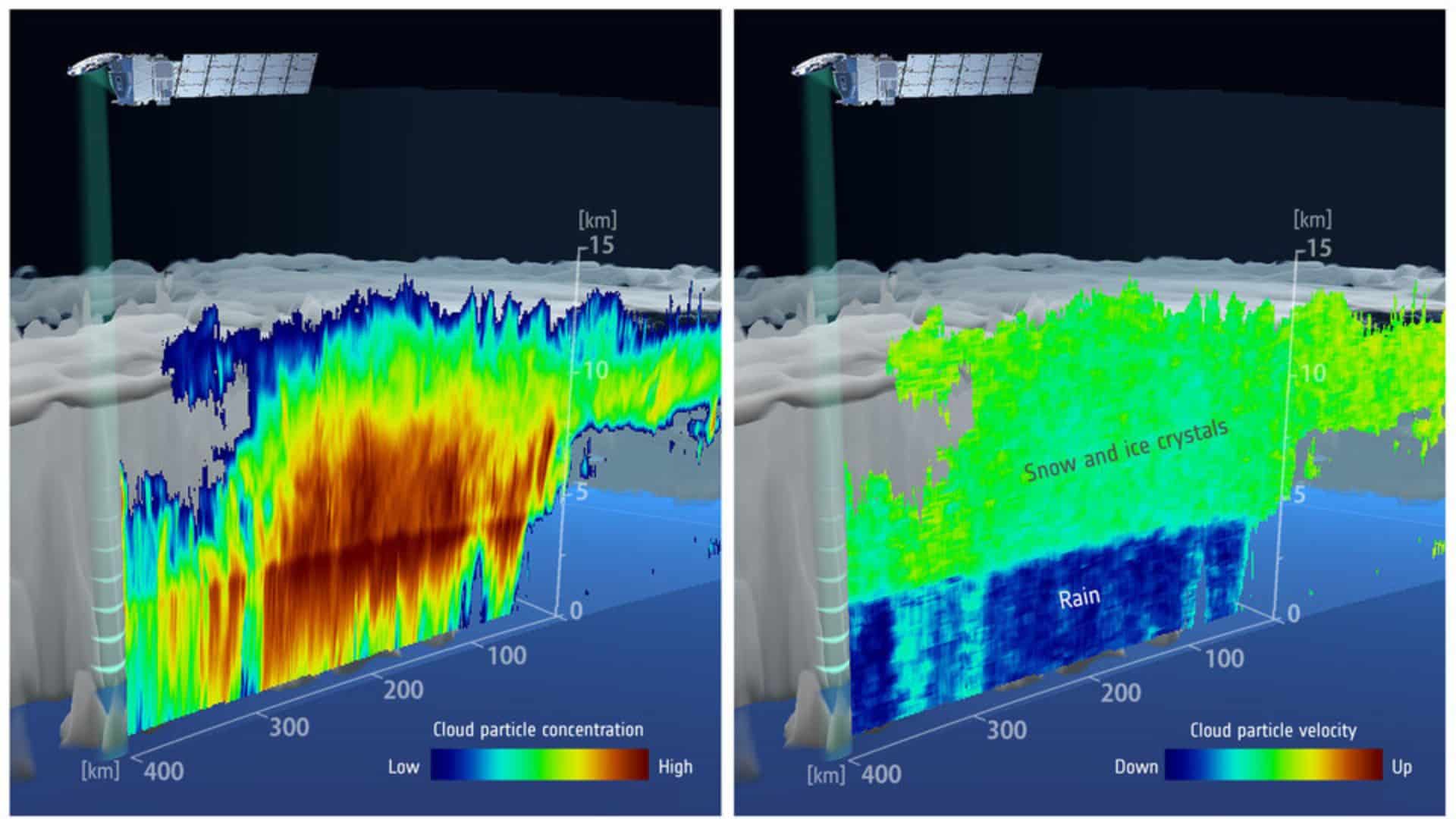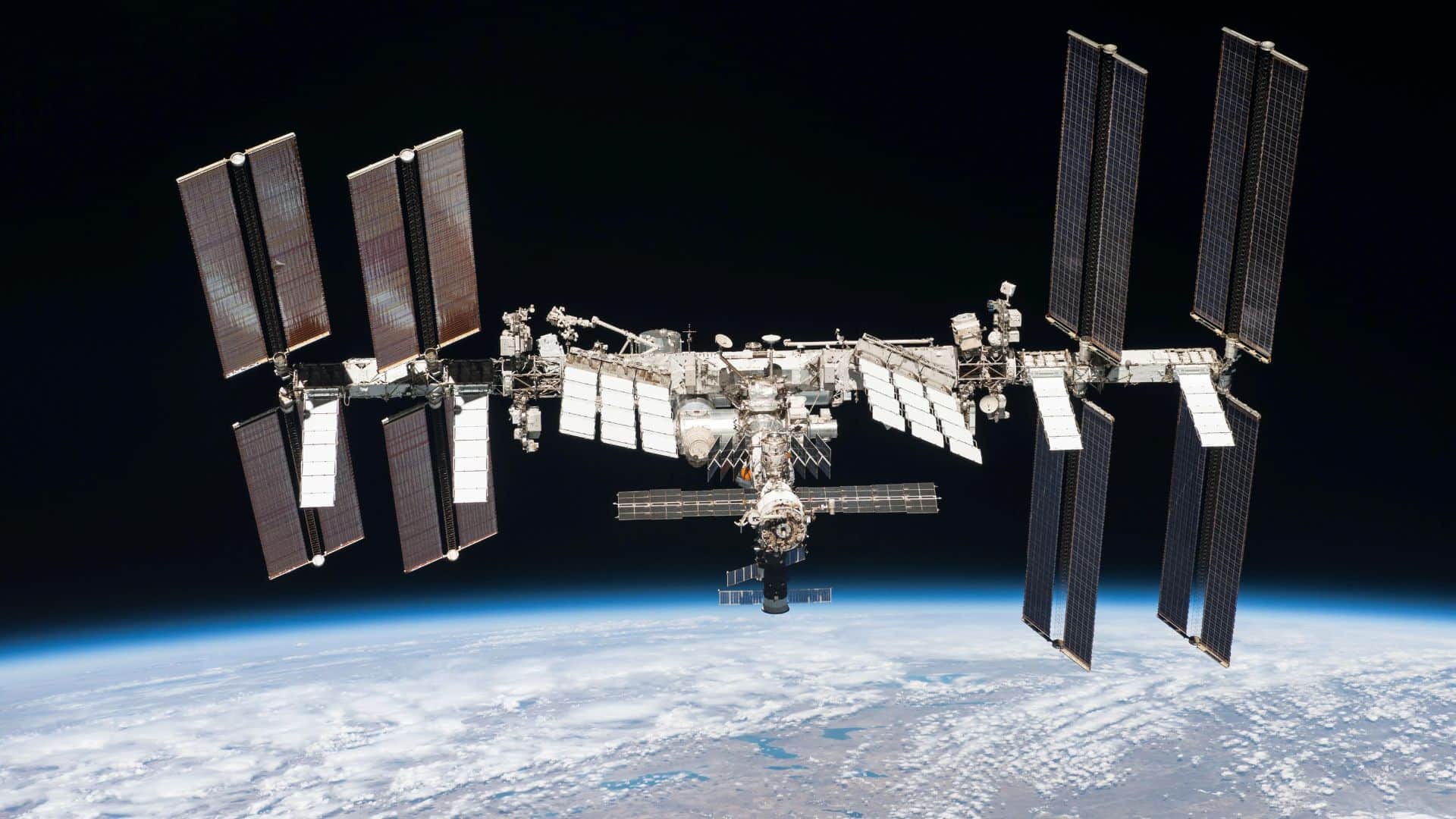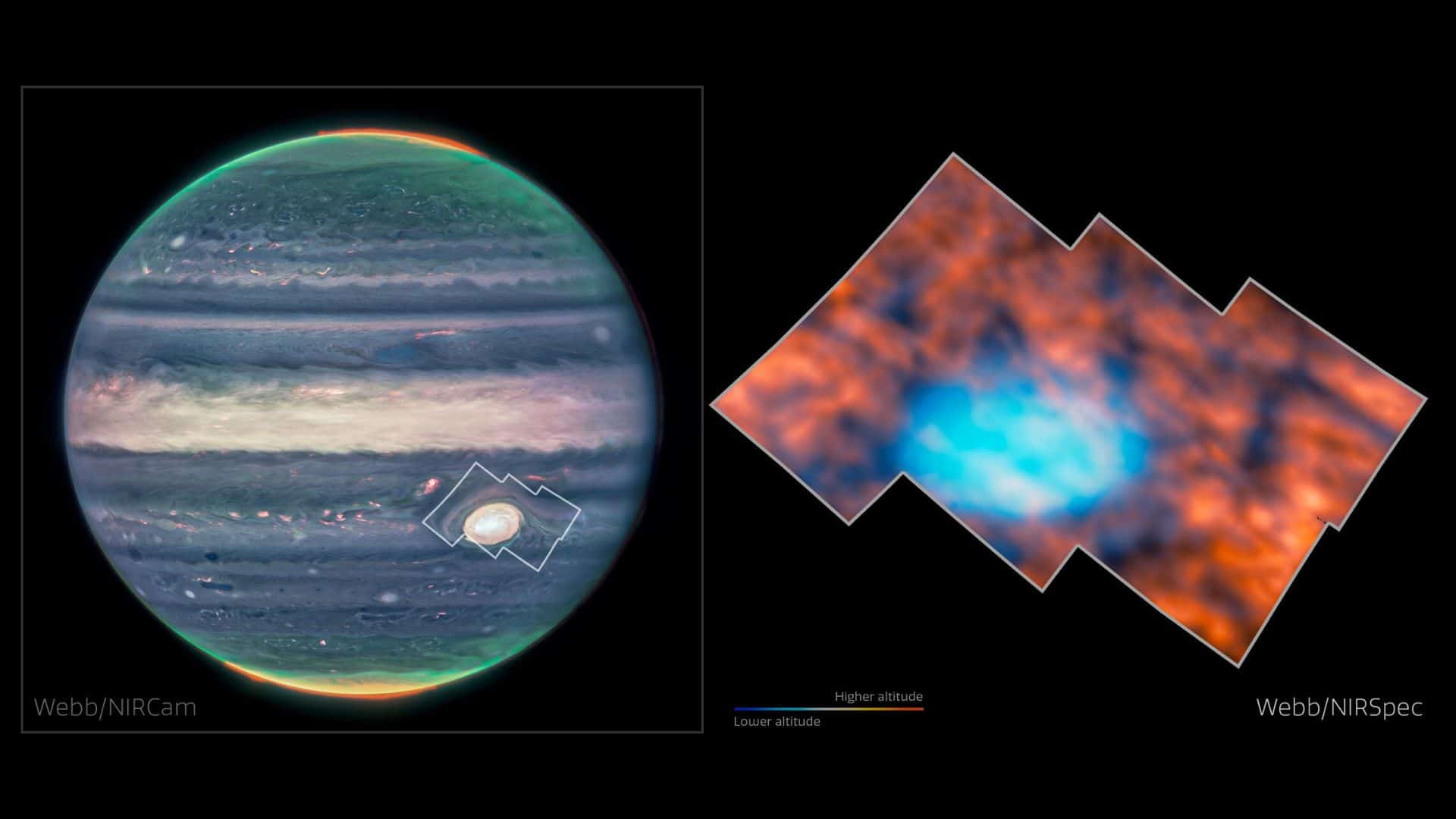The failed US commercial lunar lander called Peregrine has ended its mission over open water in the South Pacific during its controlled fiery re-entry into the Earth’s atmosphere on Thursday, January 18, at 4:04 p.m. EST (or 21:04 UTC).
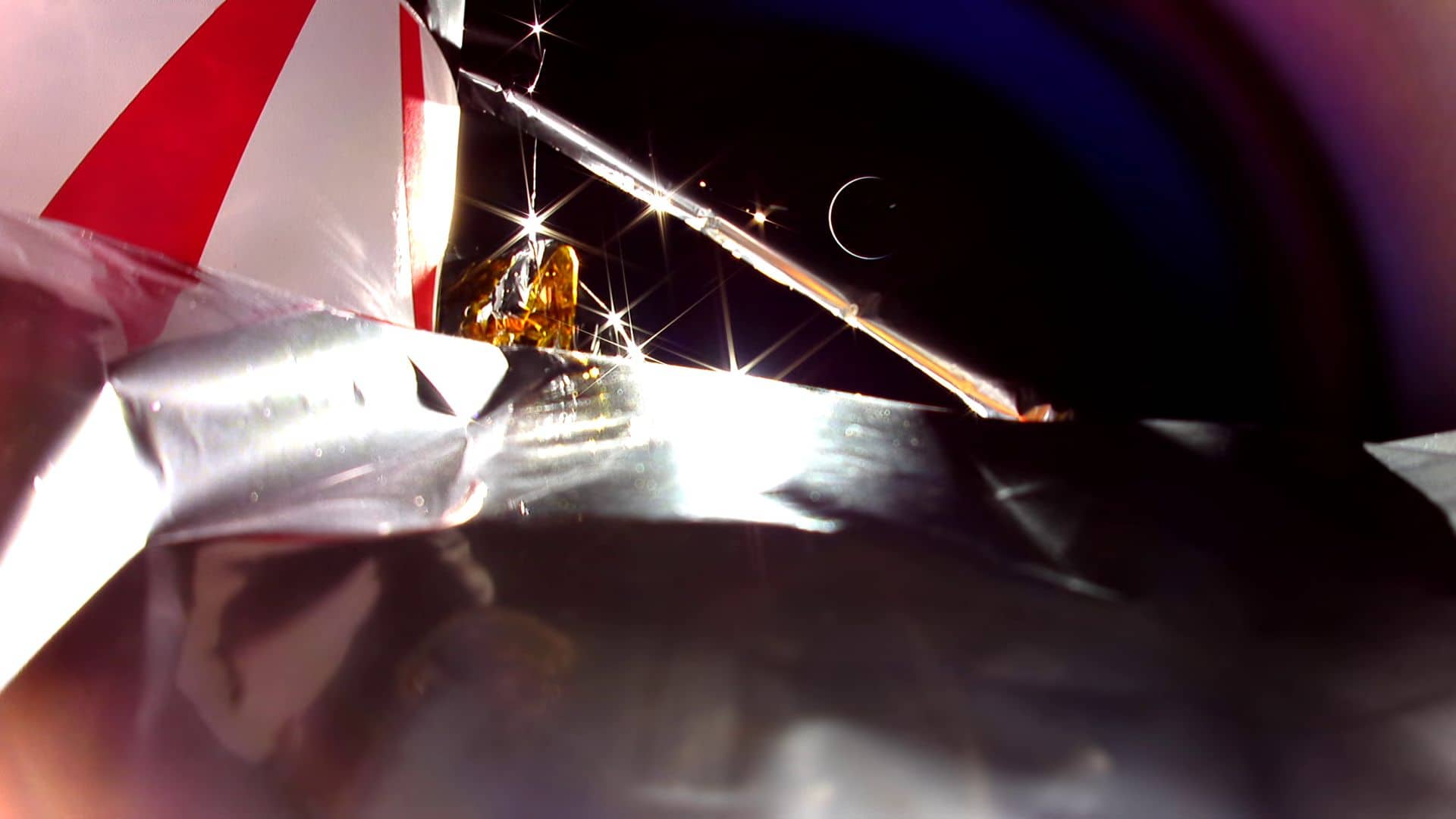
The Peregrine lunar lander is owned by a Pittsburgh-based private space company in the US called Astrobotic.
According to the latest report from Astrobotic, the mission control team lost contact with the Peregrine spacecraft at around 3:50 p.m. EST, as expected.
No one was harmed during the spacecraft’s fiery re-entry into the Earth’s atmosphere, as it happened in a safe, remote area over the South Pacific.
The spacecraft remained active in space for 10 days and took some scientific data and images.
According to the post-flight update given on Friday, January 19, 2024, “Astrobotic received independent confirmation of Peregrine’s safe, controlled re-entry yesterday over the South Pacific.”
“Peregrine Mission One has concluded. We look to the future and our next mission to the Moon, Griffin Mission One. All of the hard-earned experience from the past 10 days in space along with the preceding years of designing, building, and testing Peregrine will directly inform Griffin and our future missions.”
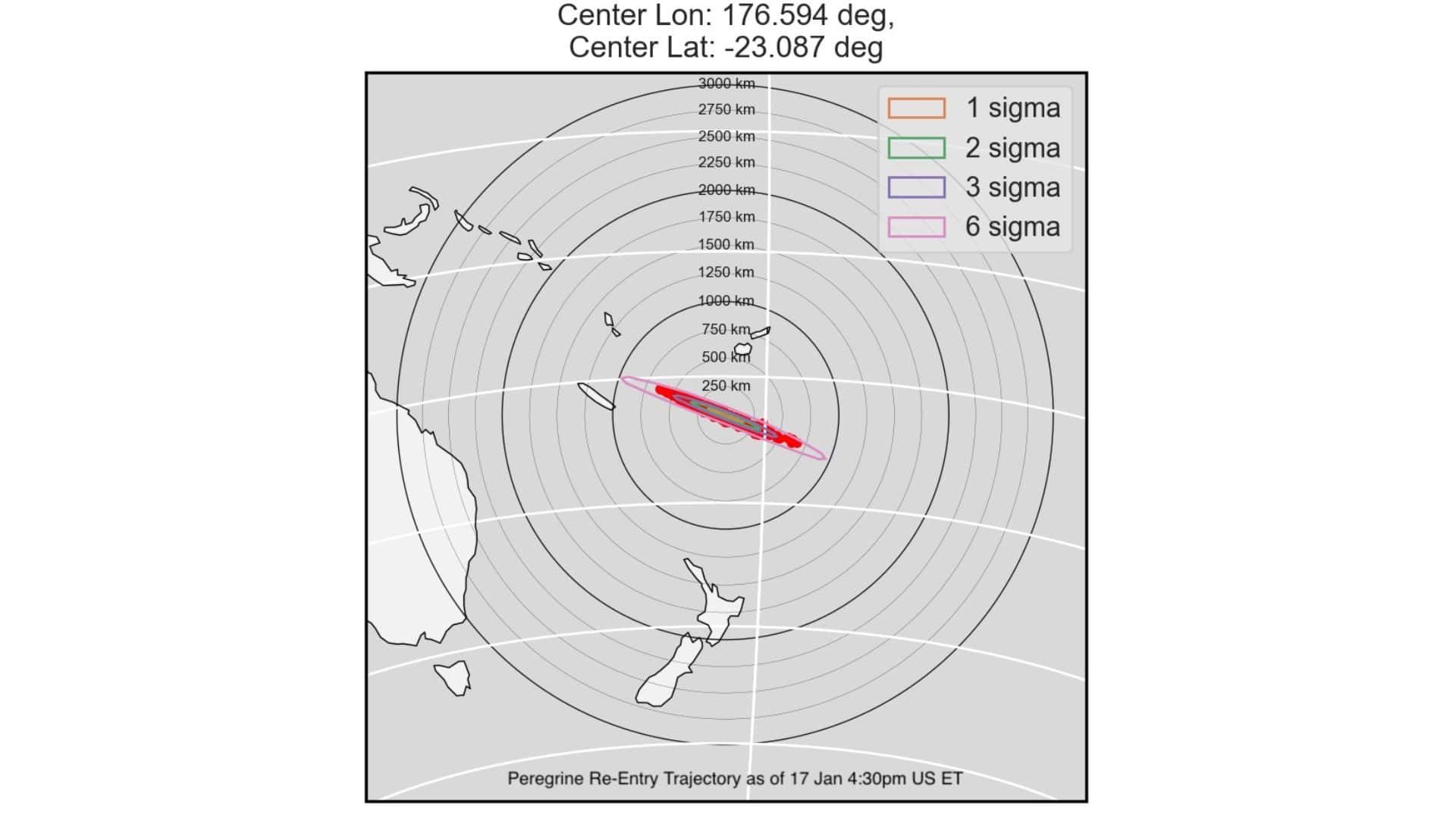
What happened to the Peregrine spacecraft?
Astrobotic’s Peregrine spacecraft was successfully launched at 2:18 a.m. EST (or 07:18 UTC) on January 8, 2024, by a United Launch Alliance (ULA) Vulcan rocket.
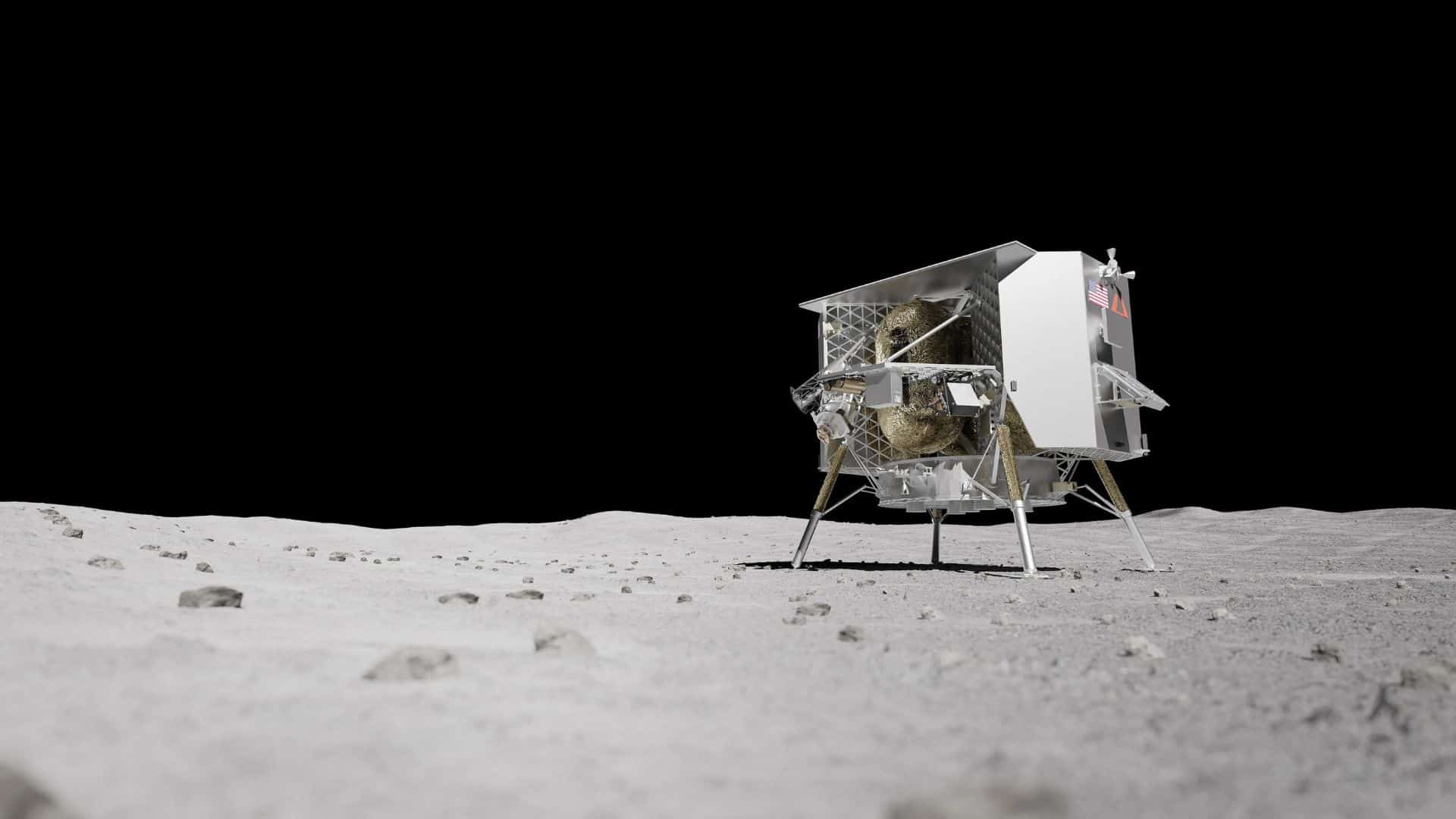
It’s the first US commercial lunar lander which was supposed to land on the lunar surface on February 23, 2024.
However 50 minutes after a successful launch and separation from the rocket on January 8, the spacecraft experienced a propellant (fuel) leak from the propulsion system of the spacecraft that would ultimately prevent it from soft lunar landing.
The Peregrine spacecraft was in trans-lunar orbit when this fuel leak happened. Later, Astrobotic’s team brought the spacecraft back to Earth with the help of NASA and destroyed it in the Earth’s atmosphere over the South Pacific.
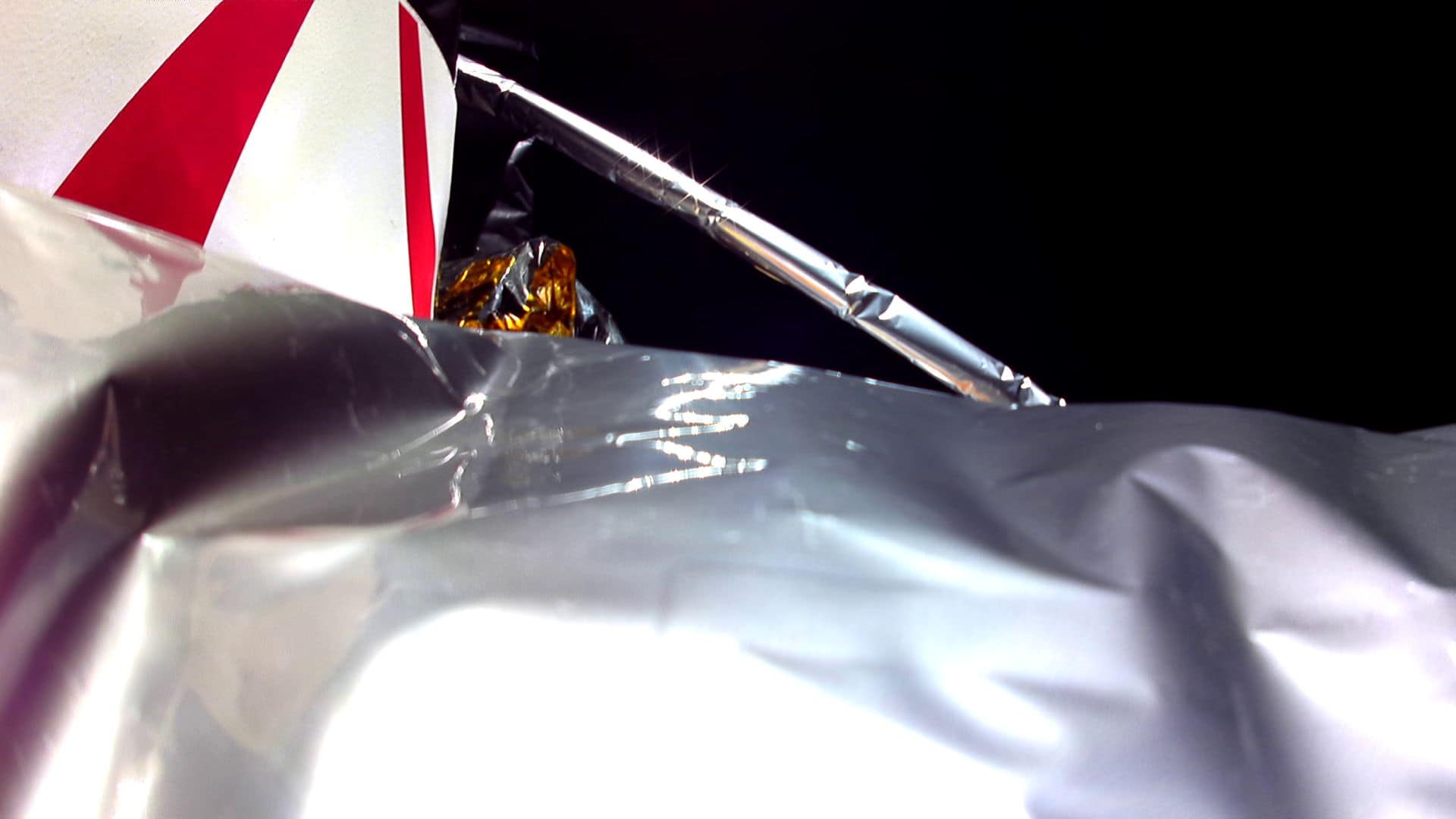
The mission of Peregrine lunar lander, called Peregrine Mission One is a part of Commercial Lunar Payload Services (CLPS) initiative.
NASA’s CLPS (Commercial Lunar Payload Services) initiative will deliver science and technology to the lunar surface for NASA’s Artemis program.
NASA will send astronauts and establish a long-term presence on the lunar surface in the late 2020s, again after the 1970s, through its advanced human exploration missions called the Artemis program.
The Peregrine spacecraft carried a total of 20 scientific payloads, including 5 payloads from NASA’s CLPS initiative.
Please follow us on Facebook and Twitter to get latest space news, upcoming skywatching events and astronomy-related content.
